June 5, 2025 | 19:45 GMT +7
June 5, 2025 | 19:45 GMT +7
Hotline: 0913.378.918
June 5, 2025 | 19:45 GMT +7
Hotline: 0913.378.918
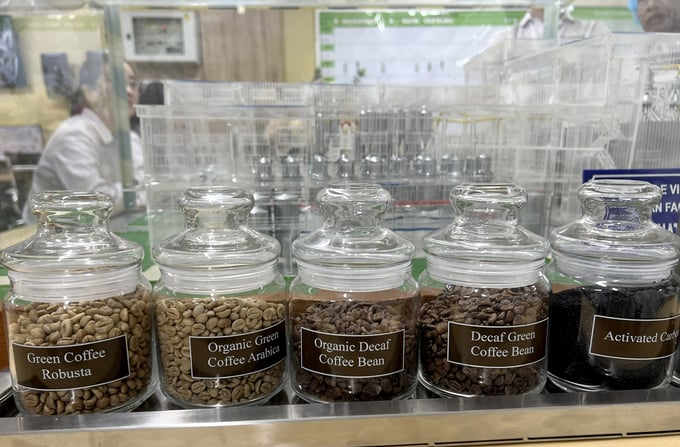
Some green coffee products from the Nestlé Tri An factory, including decaf coffee. Photo: Son Trang.
The Nestlé Tri An factory (located in Bien Hoa, Dong Nai) is one of the facilities that produces most of the NESCAFÉ coffee product lines. Mr. Truong Hoang Phuong, the factory director, mentioned that, in addition to the domestic market in Vietnam, the factory's coffee products are being exported to 29 markets across all inhabited continents, including demanding markets such as the United States, Japan, the United Kingdom, France and Spain.
Furthermore, Mr. Truong Hoang Phuong noted that the Nestlé Tri An factory is the only Nestlé facility that manufactures decaf coffee. This product is currently being exported to 13 markets, including some that are particularly selective. From the beginning of this year to early September, the Nestlé Tri An factory has produced nearly 26.000 tons of decaf coffee.
Particularly, in the process of producing decaffeinated coffee, the Nestlé Trị An factory also produces pure caffeine powder. This caffeine powder is often likened to gold because of its high market value, which ranges from 30 to 40 USD/kg. The reason for such a high price is its extensive use in the production of cosmetics, energy drinks, and dietary supplements.
The global decaf coffee market is witnessing a growth trend, primarily due to the rising number of consumers who are sensitive to caffeine. Additionally, there is an increasing awareness of the health benefits associated with caffeine-free coffee and products with controlled caffeine levels. This growing understanding is gradually making these products more popular among consumers. These trends present favorable conditions for the expansion and development of the decaf coffee market on a global scale.
According to the magazine Market Research Future, the global decaf coffee market reached an impressive size of 20 billion USD in 2023. The forecast for the period from 2023 to 2030 indicates a compound annual growth rate (CAGR) of 4% to 4.5%. This anticipated growth is expected to elevate the market size to over 26 billion USD by 2030.
Conversely, the magazine Maximize Market Research estimates that the global decaf coffee market was valued at 15.3 billion USD in 2022. Between 2023 and 2030, this market is projected to experience significant growth, with a CAGR of 6.7%. According to their projections, the decaf coffee market could potentially reach around 22.58 billion USD by 2029.
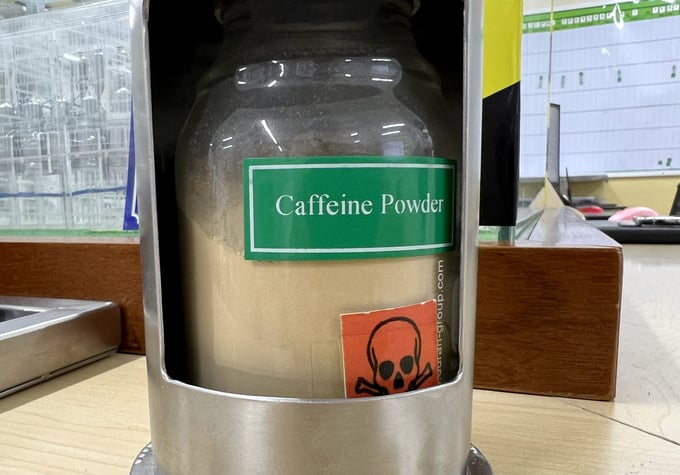
The caffeine powder recovered by the Nestlé Tri An factory during the decaf coffee production process. Photo: Son Trang.
Although the estimated figures and forecasts differ, they all point to a shared conclusion: the global decaf coffee market is significant and is on an upward growth trajectory.
In response to the growing market demand for decaf coffee, several coffee processing facilities in Vietnam have made substantial investments in machinery and equipment to enhance their production capabilities and facilitate the export of decaf coffee. This proactive approach is gradually positioning decaf coffee as one of the main export commodities in the green coffee category today.
According to the Vietnam Coffee-Cocoa Association (VICOFA), decaf coffee has established itself as one of the top three key varieties of green coffee exported from Vietnam. In the upcoming 2023-2024 harvest season, the export volume of decaf coffee is projected to reach an impressive 37.000 tons, translating to a significant value of 172 million USD. This remarkable figure places decaf coffee in third position among all green coffee exports, trailing behind Robusta coffee, which has an export volume of 1.2 million tons worth 4 billion USD, and Arabica coffee, with 53.000 tons valued at 212 million USD.
Within the category of green coffee exports for the 2023-2024 season, decaf coffee boasts the highest export price, averaging 4.695 USD/ton. This average is notably higher than that of Arabica coffee, which averages 4.004 USD/ton, and Robusta coffee, which sits at 3.298 USD/ton. Furthermore, when looking at the overall landscape of all exported coffee types, decaf coffee ranks second in terms of price, coming in just behind processed coffee, which averages 7.616 USD/ton.
In Vietnam, the market for decaf coffee is witnessing a growing interest from consumers, especially through various e-commerce platforms. Data from the market analytics platform Metric reveals that there are currently approximately 85 suppliers offering decaf coffee on different online marketplaces in Vietnam. Notably, the majority of these suppliers are found on popular e-commerce sites such as Shopee, Lazada and Tiki.
Translated by Phuong Linh
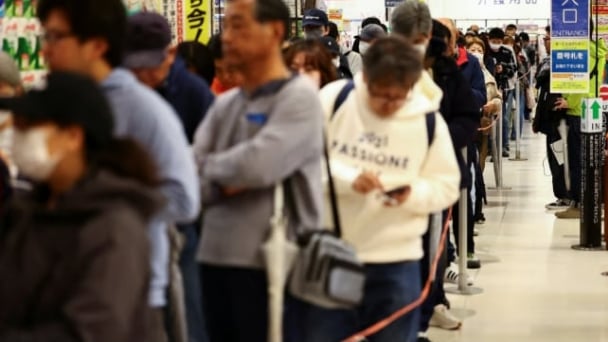
(VAN) Stores have started selling rice from the government’s stockpile to feed demand for the staple.
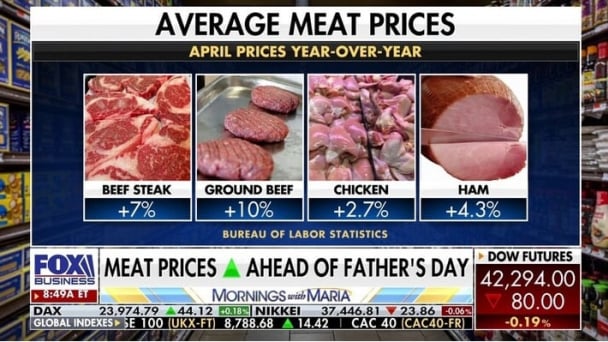
(VAN) Omaha Steaks CEO says rebuilding cattle herds will take about a year to ease price pressures.

(VAN) Reciprocal tariffs and recent NOAA rulings are presenting substantial obstacles for Vietnamese tuna exporters in the U.S. market. As a result, the industry is actively seeking alternative export destinations.

(VAN) Although the U.S. holds a small share of Vietnam’s rubber exports, newly imposed reciprocal tariffs are expected to impact the sector. Vietnamese enterprises must optimize the use of significant markets and free trade agreements.
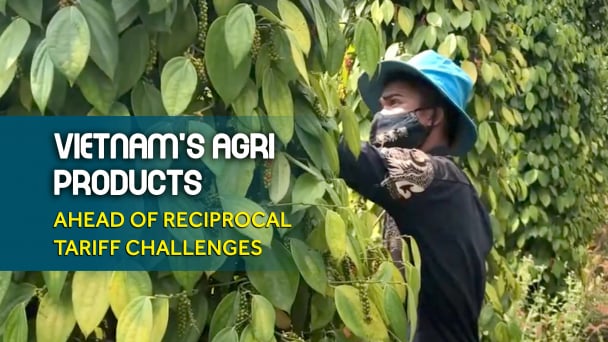
(VAN) Vietnam's pepper industry is looking forward to the final tariff decision in order to sustain its robust presence in the United States, the country's biggest pepper market.

(VAN) The U.S. is the largest market for Vietnamese cashew nuts. However, when exports to the U.S. encounter difficulties due to reciprocal tariffs, Vietnamese cashews still have many other potential markets.
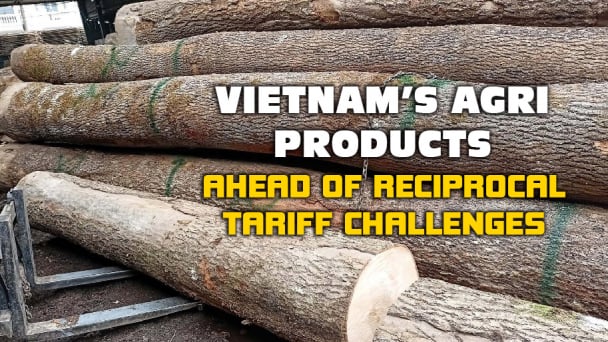
(VAN) Reciprocal tariffs present a significant obstacle to Vietnam's wood exports to the United States; however, domestic wood businesses are endeavoring to preserve their market share in this critical market.